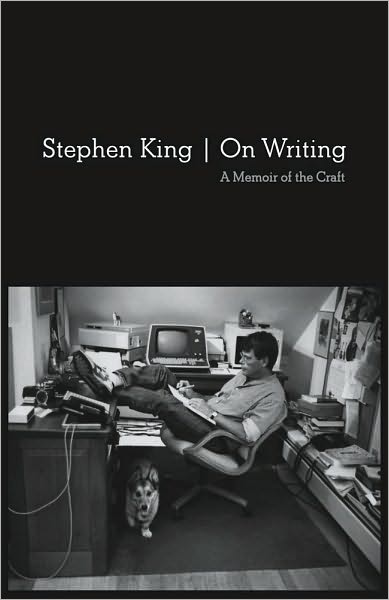Of all the punctuation marks, I have a soft corner for these little hook-like marks. To me, they have a distinct personality and I’ve always felt they stamp their authority in print because people love to read conversations. After all, conversations must necessarily begin and end with these little hook-like characters. “What a presence they have, these little creatures”, I used to think.
In those days, we did not know that there are two brands of English – British and American. Of course, there are many brands of English spoken across the world – from the Hinglish (Indian English) to Singlish (Singaporean English) to Australian English (we get a taste of this English when Australian cricketers speak in post-match press conferences). If ever the Chinese learn to speak English, I’m not sure what that brand will be called (Chin Ling English?). In any case, the two broad standards of English – at least written English – continue to be the British and the American standards.
Working on a book edit recently, all stake holders agreed that British English would be the standard to follow. As I went through the 200-odd page book, I found the inverted commas popping up every few pages. You see, the author had mistakenly inserted single inverted commas for all conversations. Diligently I added comments for the author each time I saw the single inverted commas – trusting my education and trusting the fact that what we learnt at school was in fact, British English.
Imagine my utter disbelief when the author pointed out that British English used single inverted commas and American English used double inverted commas. “No, no, no!” I shook my head, “that’s not true.” I was smug in my knowledge that it was the other way around. To confirm my belief, I dug out some books from my book shelf. British authors – old and new – Enid Blyton, Colin Thruborn, Salman Rushdie. Book after book, I saw that the poor double inverted comma had lost out to its singular cousin. When did this happen? I have no clue. Perhaps, some publishing house somewhere decided that thousands of reams of paper could be saved by making that tiny adjustment in publishing. Perhaps, that’s true. In any case, these are matters of style and not of grammar. Some consolation that!
Note to the reader: Do me a favor. Replace all existing double inverted commas in this blog post with the single ones. It will take me a while yet to do the same. What is it that they say about old habits?

